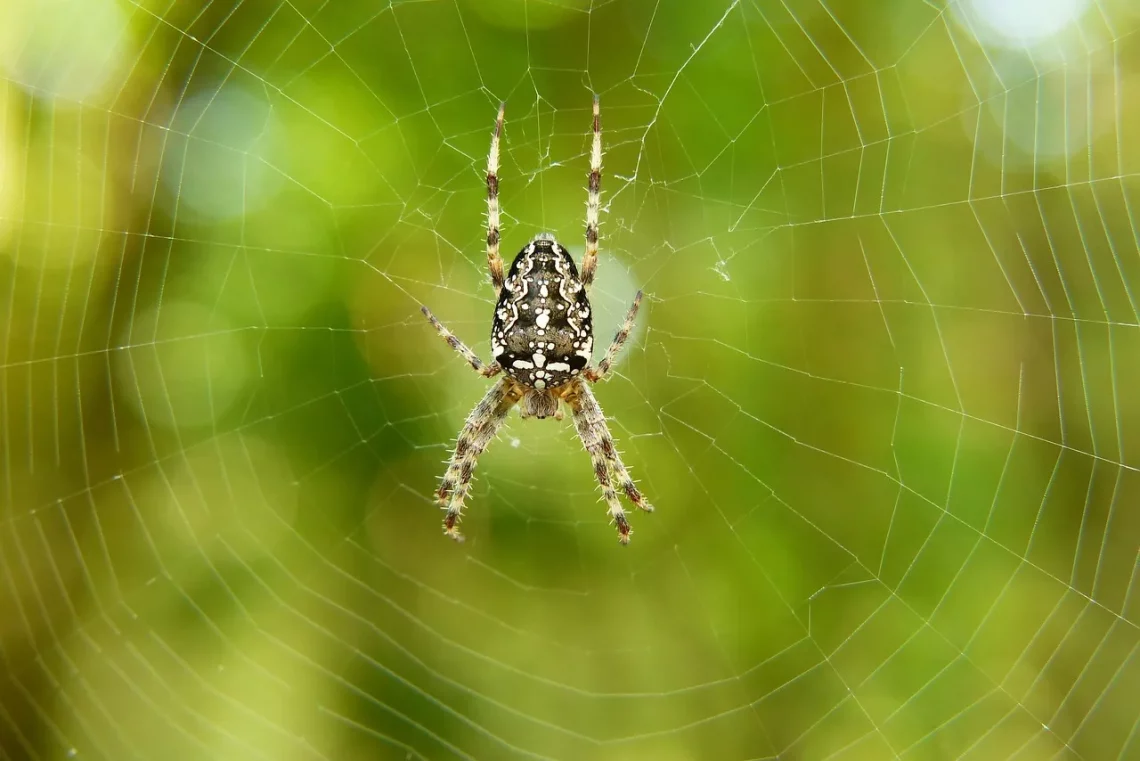
Understanding the Brown Recluse Spider in Pennsylvania
Understanding the Brown Recluse Spider in Pennsylvania
The brown recluse spider is a creature shrouded in mystery and fear, particularly in regions like Pennsylvania where it is often misunderstood. This small but formidable arachnid is known for its distinctive appearance and its reclusive nature, which tends to keep it hidden from view. Many people are intimidated by the thought of encountering a brown recluse due to its venomous bite, which can provoke a range of reactions in humans. However, the reality is that these spiders are not as common as urban legends suggest, and they play a crucial role in the ecosystem by controlling pest populations.
In Pennsylvania, where diverse habitats abound, the brown recluse may not be as prevalent as in other parts of the country, yet understanding its habits and characteristics is essential for residents. This knowledge not only helps alleviate fears but also encourages coexistence with nature. As we delve deeper into the characteristics, behavior, and misconceptions surrounding the brown recluse spider, we can foster a more informed perspective on this often-maligned creature.
Identification of the Brown Recluse Spider
Identifying the brown recluse spider can be a daunting task for many. This species, known scientifically as *Loxosceles reclusa*, has a unique appearance that sets it apart from other spiders. Adult brown recluses are typically light brown in color, with a distinctive violin-shaped marking on their cephalothorax, the front part of their body. This feature is often cited as a key identification marker, but it can be subtle and may vary between individuals. The legs of the brown recluse are long and slender, contributing to its overall delicate appearance.
One of the most crucial aspects of identifying this spider is understanding its size. Adult brown recluses generally measure between 6 to 20 millimeters in body length, not including the legs. When legs are included, they can appear larger, but their body size remains relatively small compared to other spiders. The brown recluse also has six eyes arranged in pairs, which is another distinguishing characteristic, as most spiders have eight.
It is important to note that brown recluse spiders are often confused with other similar-looking species. For instance, the common house spider or the wolf spider can bear a resemblance to the brown recluse, especially for those unfamiliar with spider anatomy. This is where education and awareness play vital roles. By educating oneself on the specific characteristics of the brown recluse, individuals can avoid unnecessary panic and misidentification.
In Pennsylvania, sightings of the brown recluse are relatively rare, especially in urban areas. However, they can be found in rural settings, particularly in undisturbed areas such as woodlands or near old buildings. Knowing where to look and understanding the physical traits of the brown recluse can help residents identify this spider accurately.
Habitat and Behavior
The brown recluse spider thrives in specific habitats that allow it to remain hidden from predators and humans alike. These spiders prefer dry, undisturbed areas that provide ample opportunities for hunting insects. Common habitats include basements, attics, storage areas, and even inside shoes or clothing that have been left undisturbed for an extended period.
Behaviorally, the brown recluse is a solitary creature. Unlike some spider species that build large webs to catch prey, brown recluses prefer to hunt individually. They rely on their agility and speed to capture insects, which form the bulk of their diet. Their reclusive nature means that they do not seek out human interaction; in fact, they will often flee when confronted with potential threats.
The brown recluse is most active at night, which adds to its elusive reputation. During the day, they typically find refuge in dark corners or crevices, making it easy for them to go unnoticed. This nocturnal lifestyle minimizes encounters with humans and other animals, allowing them to thrive in their chosen environments.
Despite their reclusive tendencies, brown recluse spiders are not aggressive and will only bite when they feel threatened. Most bites occur when individuals inadvertently come into contact with the spider, such as reaching into a dark space where the spider is hiding. Understanding this behavior can help reduce the risk of bites and foster a healthier coexistence between humans and these spiders.
Health Concerns Associated with Brown Recluse Spiders
Brown recluse spider bites have garnered significant attention due to the potential health risks they pose. While these spiders are not aggressive, their bites can lead to serious medical conditions, particularly in sensitive individuals. The venom of the brown recluse contains enzymes that can cause necrosis, or tissue death, in severe cases. The symptoms of a brown recluse bite can vary widely, ranging from mild irritation to significant pain and swelling.
Immediately following a bite, individuals may experience redness and a burning sensation at the site. It is crucial to monitor the area for further symptoms, which may develop after a few hours. In more severe cases, individuals may notice a blister forming, which can eventually lead to an open sore. While some bites heal without intervention, others may require medical attention, especially if symptoms worsen.
It is important to note that not everyone bitten by a brown recluse will experience severe reactions. Many individuals may only experience mild symptoms that resolve on their own. However, those with compromised immune systems or underlying health conditions should seek medical advice promptly.
If you suspect a brown recluse bite, it is advisable to clean the area gently with soap and water and apply a cool compress to alleviate swelling. Over-the-counter pain relievers may also help manage discomfort. However, if the symptoms persist or worsen, it is essential to consult a healthcare professional for further evaluation and treatment.
As with any health-related concerns, it is crucial to consult a medical professional for personalized advice and treatment. This article does not serve as medical advice, and individuals experiencing health issues should seek guidance from a qualified healthcare provider.
Myths and Misconceptions
The brown recluse spider is often surrounded by myths and misconceptions that can lead to unnecessary fear and misunderstanding. One common myth is that brown recluse spiders are aggressive and will seek out humans to bite. In reality, these spiders are quite the opposite; they are timid and prefer to avoid confrontation. Most bites occur purely by accident when a person inadvertently disturbs the spider’s hiding place.
Another misconception is that all brown recluse bites result in severe reactions. While some bites can indeed lead to serious health issues, many individuals may experience only mild symptoms. Education is vital in dispelling these myths, as understanding the true nature of the brown recluse can help alleviate fears and encourage a more rational response to encounters.
There is also a prevalent belief that brown recluse spiders are widespread across all regions, including urban areas where they are seldom found. In Pennsylvania, sightings are relatively rare, especially in populated locales. This misconception can lead to unnecessary panic when individuals mistakenly identify other harmless spiders as brown recluses.
Additionally, many people believe that brown recluse spiders exclusively inhabit homes and structures. While they may enter buildings, brown recluses thrive in natural outdoor environments where they can hunt and reproduce undisturbed. Recognizing their natural habitat can help individuals understand the role these spiders play in the ecosystem and reduce fears associated with their presence.
By addressing these myths and misconceptions, we can foster a more informed and balanced perspective on the brown recluse spider. Awareness and education are fundamental to coexistence with these creatures, allowing us to appreciate their role in nature while minimizing unnecessary fear.
In conclusion, gaining a deeper understanding of the brown recluse spider in Pennsylvania is essential for fostering coexistence between humans and these often-misunderstood creatures. By learning to identify them, understanding their behavior, recognizing potential health concerns, and debunking common myths, residents can navigate encounters with confidence and knowledge.




